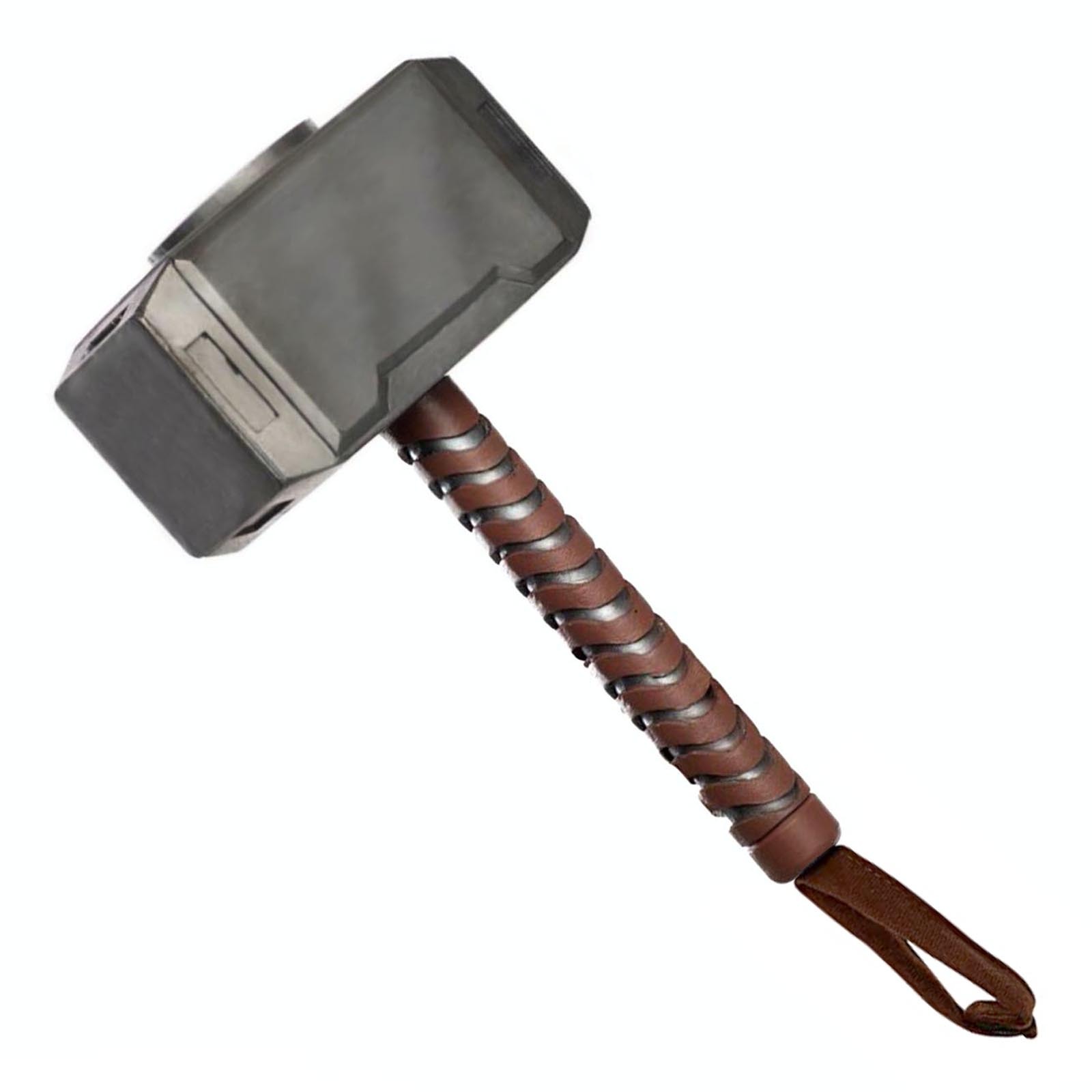
All of these terms derive from the Late Proto-Germanic weekday * Þonaresdag ('Day of * Þun(a)raz'), a calque of Latin Iovis dies ('Day of Jove' cf. It is cognate with Old Norse Þórsdagr and with Old High German Donarestag. The English weekday name Thursday comes from Old English Þunresdæg, meaning 'day of Þunor'. * Perk wunos' weapon) or * Fergunja–* Fercunyā (from * perk wun-iyā 'wooded mountains', i.e. The perfect match between the thunder-gods * Tonaros and * Þun(a)raz, which both go back to a common form * ton(a)ros ~ * tṇros, is notable in the context of early Celtic–Germanic linguistic contacts, especially when added to other inherited terms with thunder attributes, such as * Meldunjaz–* meldo- (from * meldh- 'lightning, hammer', i.e. invocational name) of the Proto-Indo-European thunder-god * Perk wunos, since the Vedic weather-god Parjanya is also called stanayitnú- ('Thunderer'). According to scholar Peter Jackson, those theonyms may have originally emerged as the result of the fossilization of an original epithet (or epiclesis, i.e.

They descend from the Proto-Germanic reconstructed theonym * Þun(a)raz ('Thunder'), which is identical to the name of the Celtic god Taranus (by metathesis–switch of sounds–of an earlier * Tonaros, attested in the dative tanaro or the Gaulish river name Tanarus), and further related to the Latin epithet Tonans (attached to Jupiter), via the common Proto-Indo-European root for 'thunder' * (s)tenh₂.

The medieval Germanic forms Þórr ( Old Norse), Donar ( Old High German), Þunor ( Old English), Thuner ( Old Frisian) and Thunar ( Old Saxon) are cognates-linguistic siblings of the same origin. 5 Origin, theories, and interpretations.3.1 Hammer pendants, hammer coins, and Eyrarland Statue.2.5.2 Prose Edda, Heimskringla, and sagas.Like other Germanic deities, veneration of Thor is revived in the modern period in Heathenry. Thor has inspired numerous works of art and references to Thor appear in modern popular culture. Thor is frequently referred to in place names, the day of the week Thursday bears his name (modern English Thursday derives from Old English þunresdæġ, 'Þunor's day'), and names stemming from the pagan period containing his own continue to be used today, particularly in Scandinavia. Into the modern period, Thor continued to be acknowledged in rural folklore throughout Germanic-speaking Europe. Thor's exploits, including his relentless slaughter of his foes and fierce battles with the monstrous serpent Jörmungandr-and their foretold mutual deaths during the events of Ragnarök-are recorded throughout sources for Norse mythology. Thor wields the hammer Mjölnir, wears the belt Megingjörð and the iron gloves Járngreipr, and owns the staff Gríðarvölr. Thor has two servants, Þjálfi and Röskva, rides in a cart or chariot pulled by two goats, Tanngrisnir and Tanngnjóstr (that he eats and resurrects), and is ascribed three dwellings ( Bilskirnir, Þrúðheimr, and Þrúðvangr). Thor is the son of Odin and Jörð, by way of his father Odin, he has numerous brothers, including Baldr. With Sif, Thor fathered the goddess (and possible valkyrie) Þrúðr with Járnsaxa, he fathered Magni with a mother whose name is not recorded, he fathered Móði, and he is the stepfather of the god Ullr. In these sources, Thor bears at least fifteen names, is the husband of the golden-haired goddess Sif, is the lover of the jötunn Járnsaxa, and is generally described as fierce eyed, with red hair and red beard. Norse mythology, largely recorded in Iceland from traditional material stemming from Scandinavia, provides numerous tales featuring the god.

Thor is a prominently mentioned god throughout the recorded history of the Germanic peoples, from the Roman occupation of regions of Germania, to the Germanic expansions of the Migration Period, to his high popularity during the Viking Age, when, in the face of the process of the Christianization of Scandinavia, emblems of his hammer, Mjölnir, were worn and Norse pagan personal names containing the name of the god bear witness to his popularity.ĭue to the nature of the Germanic corpus, narratives featuring Thor are only attested in Old Norse, where Thor appears throughout Norse mythology. Besides Old Norse Þórr, the deity occurs in Old English as Þunor, in Old Frisian as Thuner, in Old Saxon as Thunar, and in Old High German as Donar, all ultimately stemming from the Proto-Germanic theonym * Þun(a)raz, meaning 'Thunder'. In Norse mythology, he is a hammer-wielding god associated with lightning, thunder, storms, sacred groves and trees, strength, the protection of mankind, hallowing, and fertility. Thor ( / θ ɔːr/ from Old Norse: Þórr ) is a prominent god in Germanic paganism. Thor's Fight with the Giants ( Tors strid med jättarna) by Mårten Eskil Winge (1872).


 0 kommentar(er)
0 kommentar(er)
